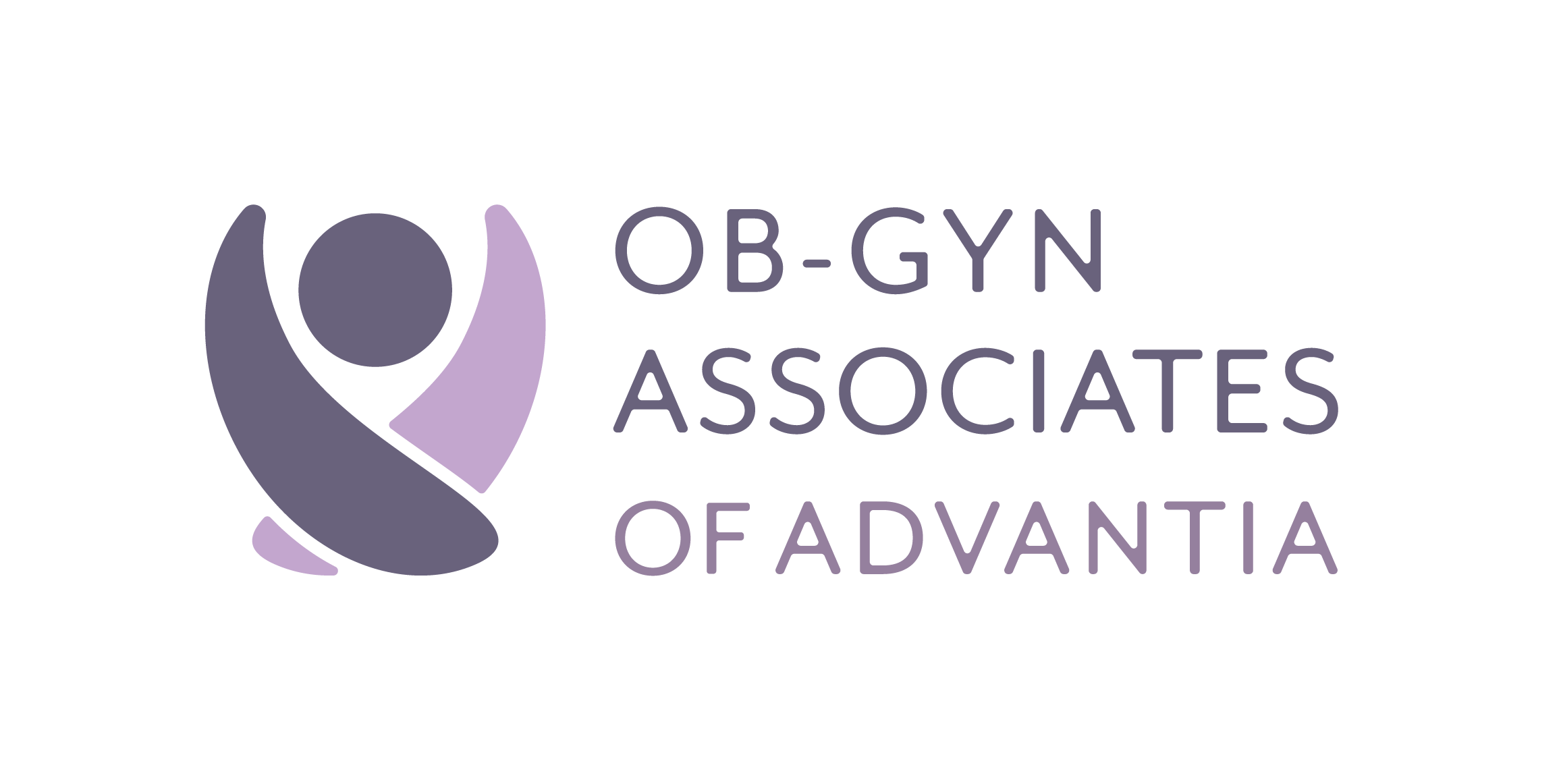
Published on: 4 December, 2014
Read Time: 5 min
All pregnant women benefit from screening for diabetes during pregnancy (or also called gestational diabetes). Taking a woman’s medical history and assessing for certain risk factors help to screen for gestational diabetes, but undergoing an oral glucose tolerance test presents the more definitive way to find out whether diabetes is present during a pregnancy. Diabetes means your blood contains abnormally high amounts of sugar.
Gestational diabetes occurs in some women in late pregnancy usually after the 24th week of the pregnancy. These women present with no diabetes before the pregnancy. Between 2 and 20 percent of expectant mothers develop gestational diabetes. It represents one of the most common health issues during pregnancy.
What happens in the body during diabetes?
During the eating process, your gastrointestinal (stomach and intestines) system breaks down most of your food into one kind of sugar called glucose. Your stomach and intestines sends the glucose to your bloodstream. Your cells, along with the peptide hormone, insulin (that comes from your pancreas) use it as energy, but in some women, the body fails to produce enough insulin, the glucose stays in your bloodstream instead of going to your cells and then the cells lack energy from the glucose.
In women with gestational diabetes, the pancreas fails to secret enough insulin or your cells fail to respond to the insulin, then the glucose rises in the blood stream. Most women do not remain diabetic after the pregnancy, and normally the insulin and glucose return to their previous normal states within six weeks. Getting gestational diabetes once will raise the risk of getting it again during a future pregnancy or you may develop diabetes type II as you grow older.
Does gestational diabetes affect the mother or baby?
Problems can arise in both the mother and baby if the elevated blood sugar is not treated. The mother can develop high blood pressure during the pregnancy and may require a cesarean section to deliver the baby; whereas, the baby may be over sized, develop low blood sugar right after birth or be stillborn.
Some facts about gestational diabetes
Since you don’t feel any symptoms with gestational diabetes, the healthcare provider orders a glucose-tolerance test between 24 and 28 weeks of your pregnancy. On the other hand, if your diabetes risks are high or you show sugar in your urine at the first prenatal visit, your provider will order a test right away and then want to repeat the test after 24 weeks if negative results occur at the first visit.
The American Diabetes Association put out guidelines on the risk factors for gestational diabetes. The risk factors include having sugar in your urine, having a strong family history of diabetes, developed gestational diabetes in a past pregnancy and obesity (a body mass index over 30). Some other doctor groups consider the following also as risk factors: age over 35 years, current high blood pressure, a past baby born with a birth defect, an unexplained stillborn and a previous birth of a large baby (approximately over 8 pounds, 13 ounces).
How is the glucose tolerance test performed?
For a simple glucose screening test, you do not need to prepare or alter your food intake in any way. You will be handed a glucose liquid to drink, then you wait 1 hour and the laboratory technician or nurse takes a blood sample. A blood test showing a glucose level over 140 mg/dL (mg/dL refers to milligrams per deciliter) means high glucose in your blood. If results are high, you will be asked to return for a glucose tolerance test.
A glucose tolerance tests requires preparation, and consists of:
- Eat normal food the day before the tests. If you take daily medication, check with the doctor about taking them the day of the test.
- Do not eat or drink anything (except sips of water if medication is allowed) for 8 to 14 hours before your tests.
- You will be asked to drink a glucose liquid, but you cannot eat during the test.
- Blood will be drawn before you drink the first glucose fluid, and again every 30 to 60 minutes after you drink a specified amount for up to 3 hours.
Do any side effects occur from the glucose tolerance test?
Most women experience no bad feelings whatsoever from glucose tolerance tests and serious side effects remain rare. Some unpleasant effects consist of feeling nauseated, sweaty or light-headed after consuming the liquid solution. The disagreeable feelings will pass after the test is completed.
What do the results of a glucose tolerance test mean?
Usually 4 samples of blood are taken over 3 hours. Abnormal results are indicated when results show values above the ones listed below:
- Fasting: blood glucose > 95 mg/dL
- 1 hour: blood glucose > 180 mg/dL
- 2 hour: blood glucose > 155 mg/dL
- 3 hour: blood glucose > 140 mg/dL
Your provider will advise you about what the results mean for your health care. Treatment can be altering what you eat for 1 abnormal blood glucose value to more changes in the diet, exercise and medications with high results over all values. Fortunately, only about 15% of women with gestational diabetes need medication.
Your professional provider knows your pregnancy is a special time and wants you to be healthy at this particular time in life. Get to know your healthcare provider so that you can comfortably ask questions and receive quality care.

Physicians and Midwives, an Advantia Health Practice
Physicians and Midwives is a unique collaborative practice you won’t find anywhere else. We have 5 offices for your convenience all across Northern Virginia, including Alexandria, North Arlington, Mt. Vernon, Kingstowne, and Woodbridge. If you would like to be listened to, as well as cared for, then look no further.





